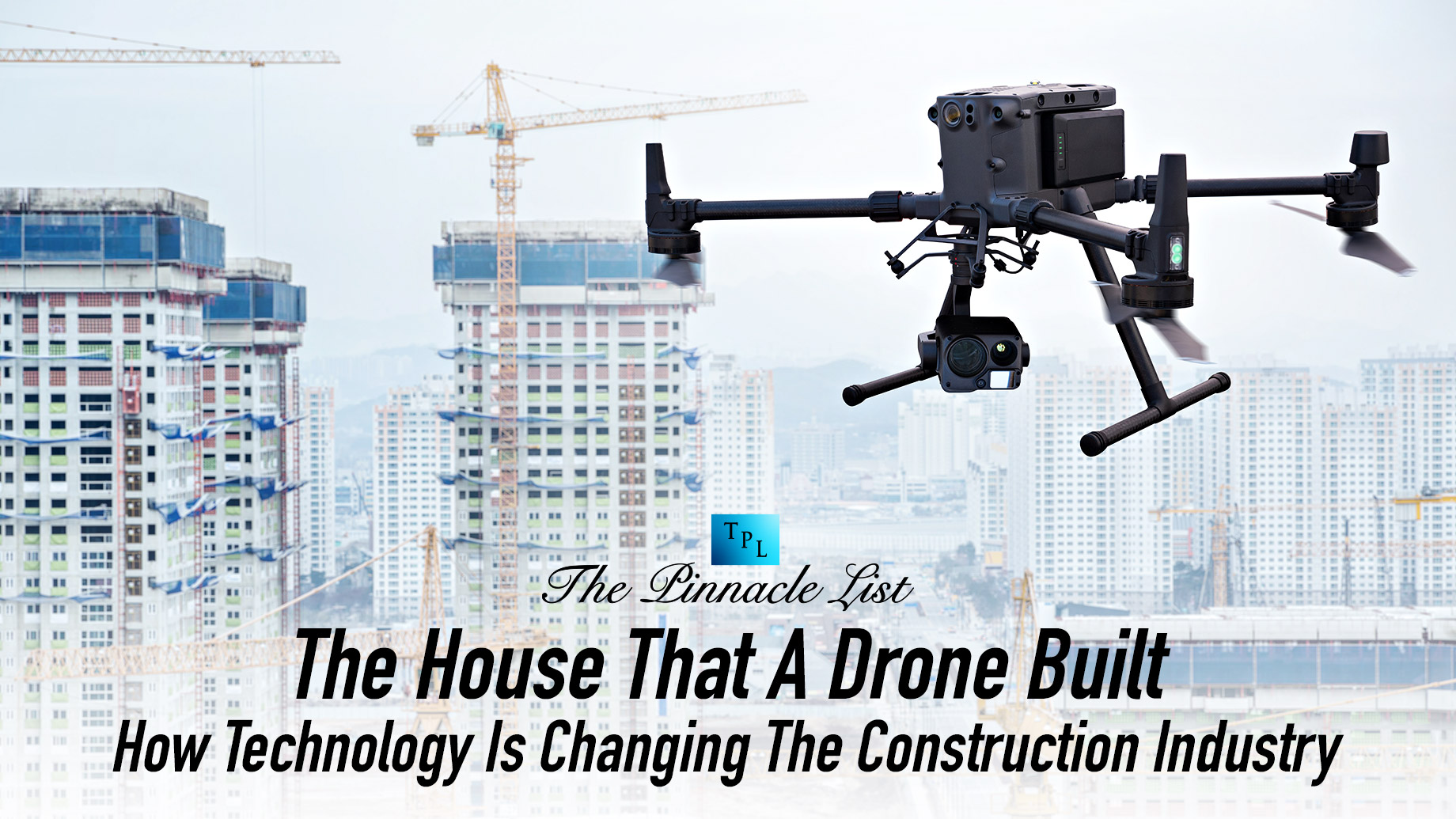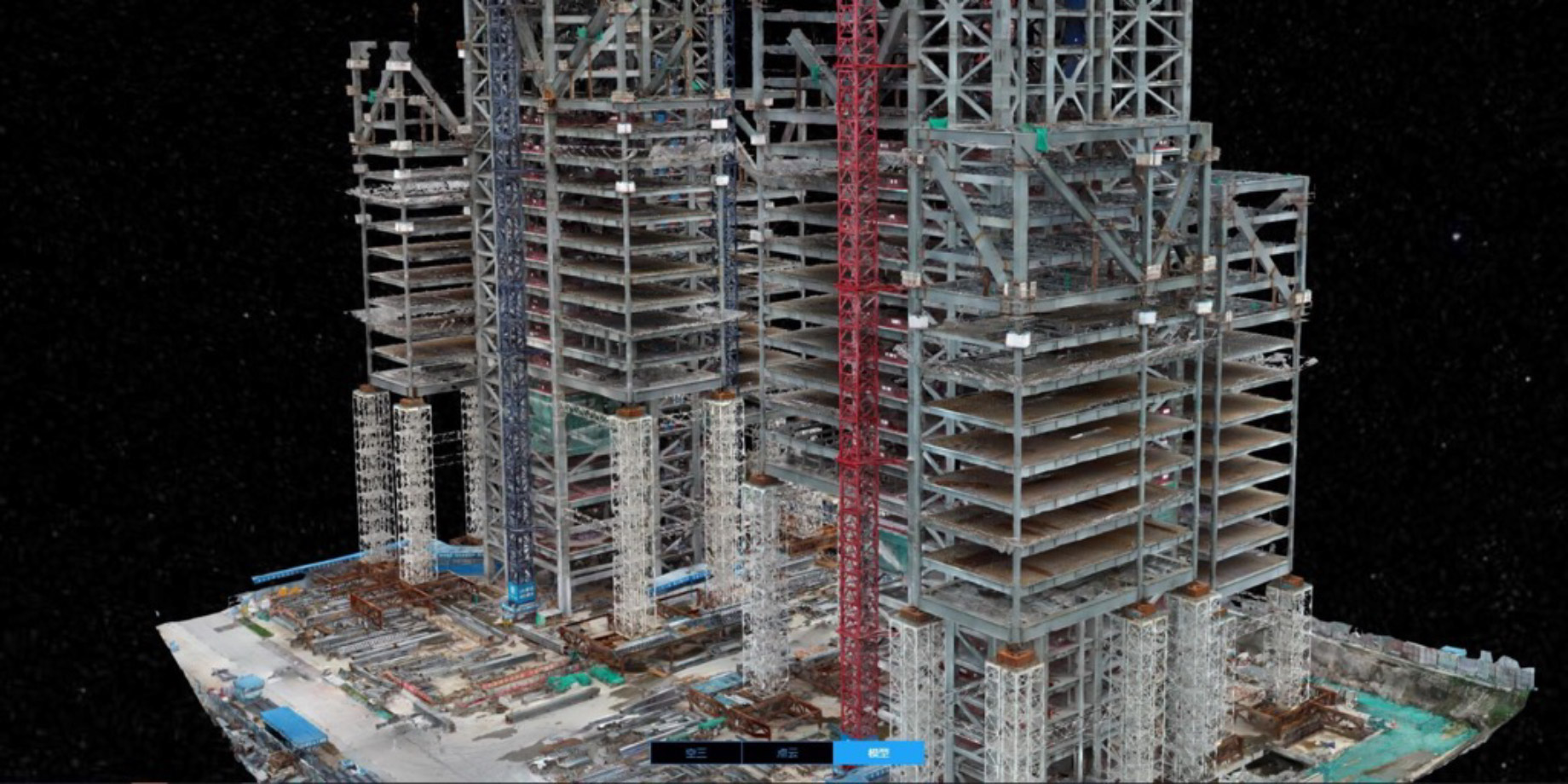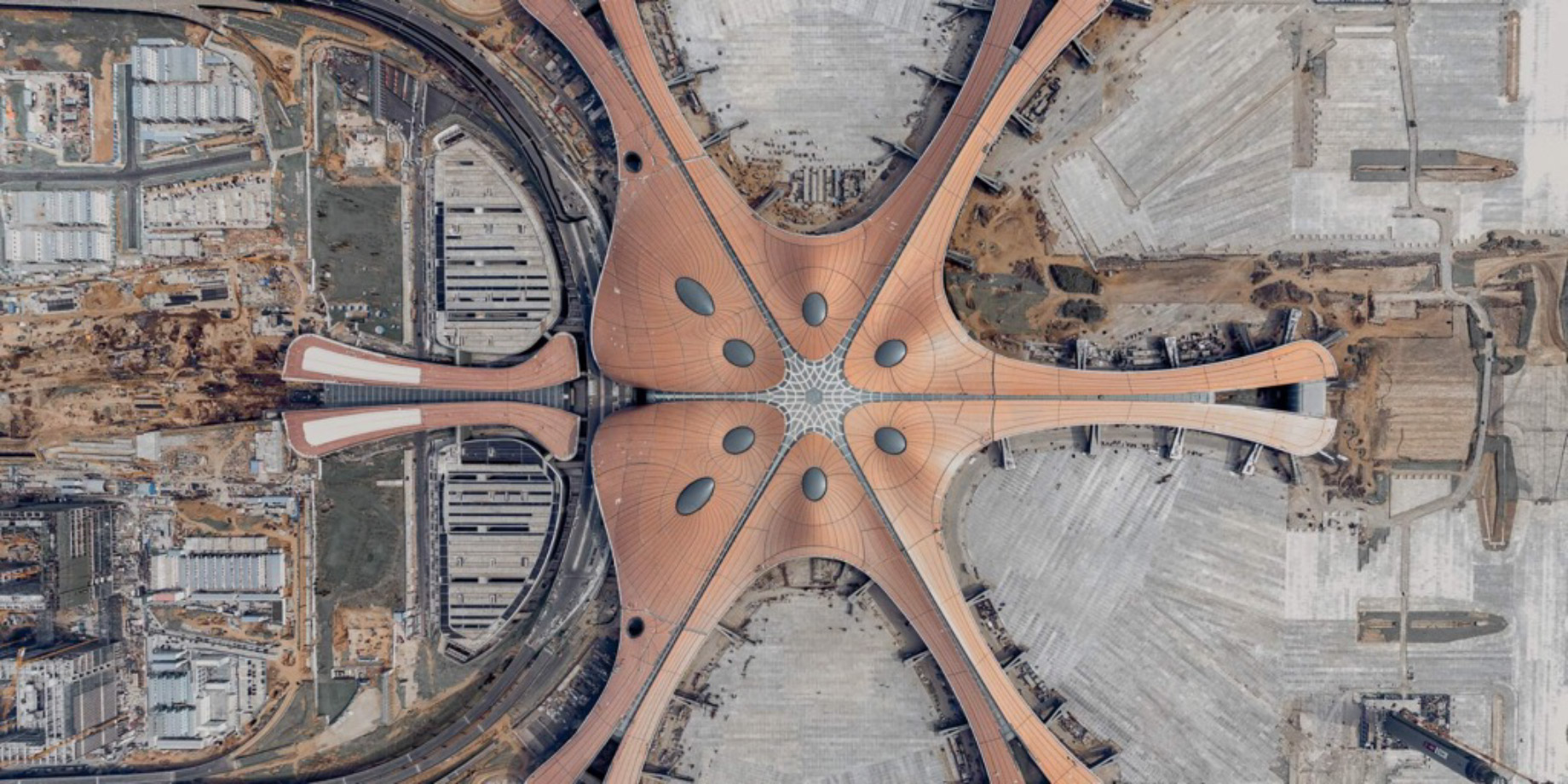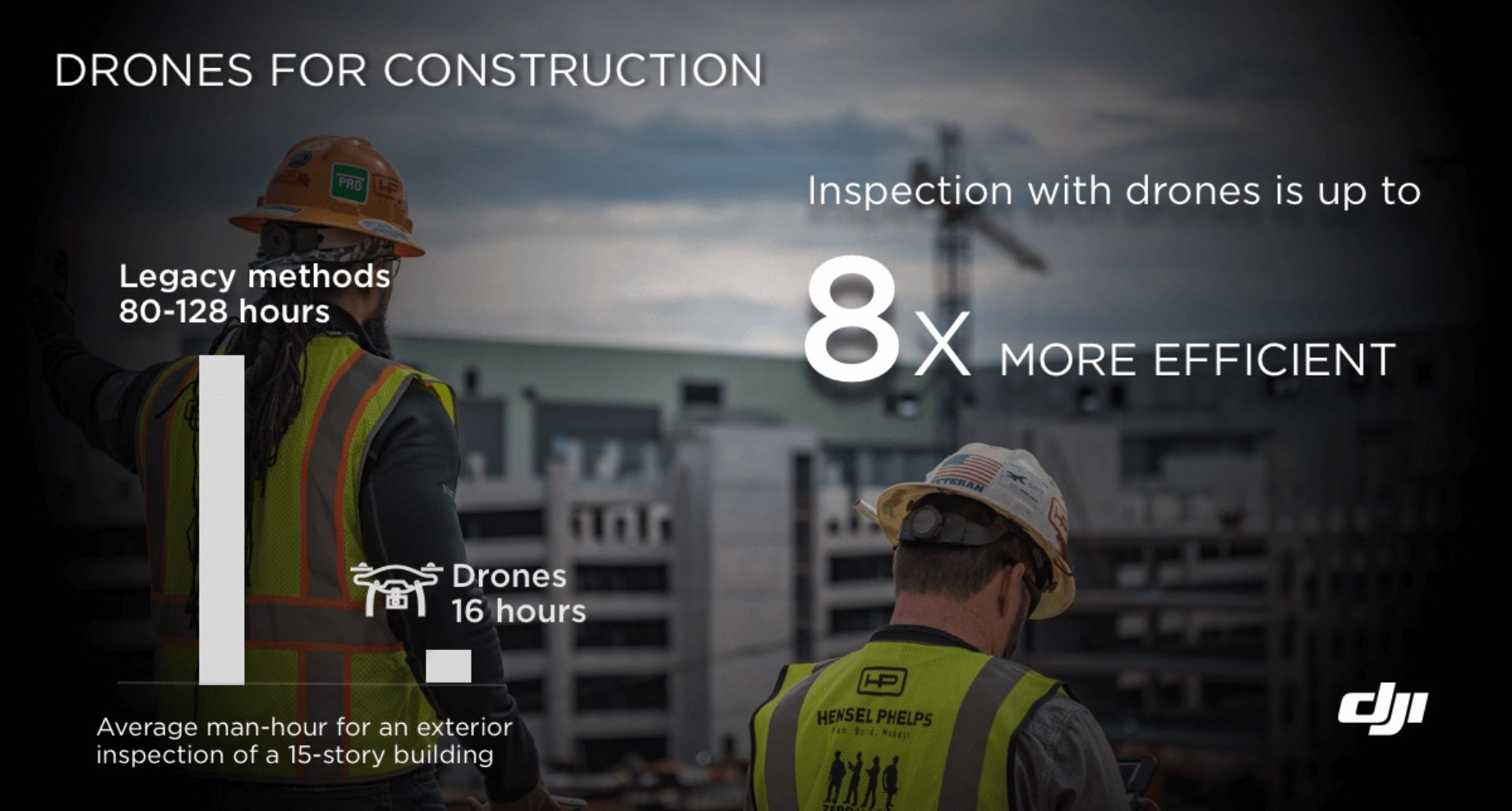
Drones have just begun to change the construction businesses, and this progress will continue and have lasting consequences. Let’s learn how construction software developers and advanced technology can help you to skyrocket your business in the construction industry.
Spoiler: Using drones, developers and contractors create 3D building models and compare the amount of work performed with estimates. This allows them to remotely monitor the progress of construction and speed up the project’s delivery. The custom software development company Intelvision has outlined several reasons why drones are so popular in the construction sector.
Traditional Challenges in the Construction Sector, and How Drones Can Help to Solve Them
Investment in unmanned aerial vehicles is constantly growing. According to analysts at Ernst & Young, in 2020 the global volume of this market exceeded $4 billion. About 75% of the UAV market now belongs to the US and China. Here’s how drones can solve common problems in the construction industry.
Architecture Engineering
The lack of precise position data makes it difficult to align BIM designs, road vector maps, and satellite imagery, costing time and labor. 2D designs are unable to illustrate the spatial information required to fully visualize the design. The BIM designs can be quite different from the reality model, making it difficult to visualize and verify the design.
How drones empower architecture engineering: Create 3D models with accurate positioning data that can be readily fitted into the BIM models to visualize designs. Designs can be optimized using drone-created 3D models that are compatible with a variety of GIS software.

Progress Monitoring
Fixed cameras onsite are unable to cover the entire site in detail, failing to capture critical progress information.
How drones help monitor progress: Drones can create accurate 2D maps and 3D models of the site on-demand. 3D models can be used to track dynamic changes or daily progress.
Building Inspection
Traditional inspections often require teams to implement manual techniques which require walking across rooftops and scaffolding. This is time-consuming and dangerous. Moreover, manual inspections don’t produce standardized digital results.
How drones empower building inspection: drones can take high-resolution close-up photos of buildings to create detailed models for inspection.

Heritage Site Modeling
Traditional methods of modeling buildings are expensive and inefficient. Plus, it’s difficult to create digital archives without advanced technology. Oblique photogrammetry missions conducted manually also can be ineffective in capturing details that meet the accuracy requirements of the project.
How drones help create models of heritage sites: drones capture high-resolution images of complex structures for accurate 3D models, creating digital archives and streamlining maintenance. Drones can safely capture close-up photos of buildings to create detailed models. Digital copies of heritage sites assist in their protection and preservation, as well as benefit industries such as tourism and education.
Top Benefits of Drones in the Construction Sector
We’ve prepared some numbers based on numerous studies that also confirm the benefits of introducing drones in construction.
- 3–4 times less time spent at the design stage. Drawing up a high-definition orthophoto map of a construction site allows you to get the maximum amount of information about each aspect of the project being implemented.
- Cost reduction–by tens of millions of dollars per month. Drones allow you to analyze the progress of the work performed by the subcontractor.
- Up to 5 times faster fieldwork during the preliminary survey phase. The acquisition and subsequent processing of information from a drone demonstrate greater efficiency compared to standard geodesy methods.

Drones Are Replacing Construction Workers in Canada: Should Workers Start Worrying About That?
A shortage of workers is driving Canadian companies to use drones to help get work done faster and with fewer people. Is it worth worrying that drones will take a job from workers at a construction site?
Construction companies across Canada are using drones to map buildings, track inventory at work sites and help with infrastructure inspections. BuildForce Canada, an organization that studies the construction industry and makes long-term labor projections, said a quarter of the workforce is expected to retire between 2018 and 2027, requiring about 42.000 people to be hired by 2027.
However, there are a huge number of projects in particular in Ontario, British Columbia, and Prince Edward Island. Companies are struggling to find workers because the baby boomer generation is retiring, and the younger generation is not going to work in the industry.
In addition, drones can inspect and map construction sites faster than work crews on the ground. Drones are estimated to save tens of thousands of dollars a year for small and medium-sized businesses, while large businesses save hundreds of thousands. At the same time, people are freed to perform other work. Drones will complement the workforce, but won’t replace it.
Moreover, the use of drones in construction has several disadvantages. Firstly, drones shouldn’t be launched in adverse weather—strong wind, dust, heavy rain, or snow will negatively affect the quality of the shooting. Such conditions can drag on for several days, and this will disrupt the construction schedule. Secondly, to maintain the drones, it is necessary to pay for the work of several employees who will control the drone and decrypt the data, as well as take into account logistics and transportation costs. Thirdly, in most countries of the world, it is necessary to obtain several permits to fly drones—this can take several weeks.
In a Nutshell: Build Powerful Drone Applications
Today, drone software has become the talk of the town. Right from videography, and food delivery, to agriculture—drone software development is ruling every sector. Intelvision’s dedicated software development team offers drone app development solutions to all businesses globally.
Software development companies can create capable software solutions to control UAVs. Custom software development for drones delivers message interface, analysis service, software architecture, and hardware tools.
This modern era is all about advanced technologies, and adding drone software to your business could be a game-changer. So, let your business reach heights with the drone one-in-a-million idea software development solution!